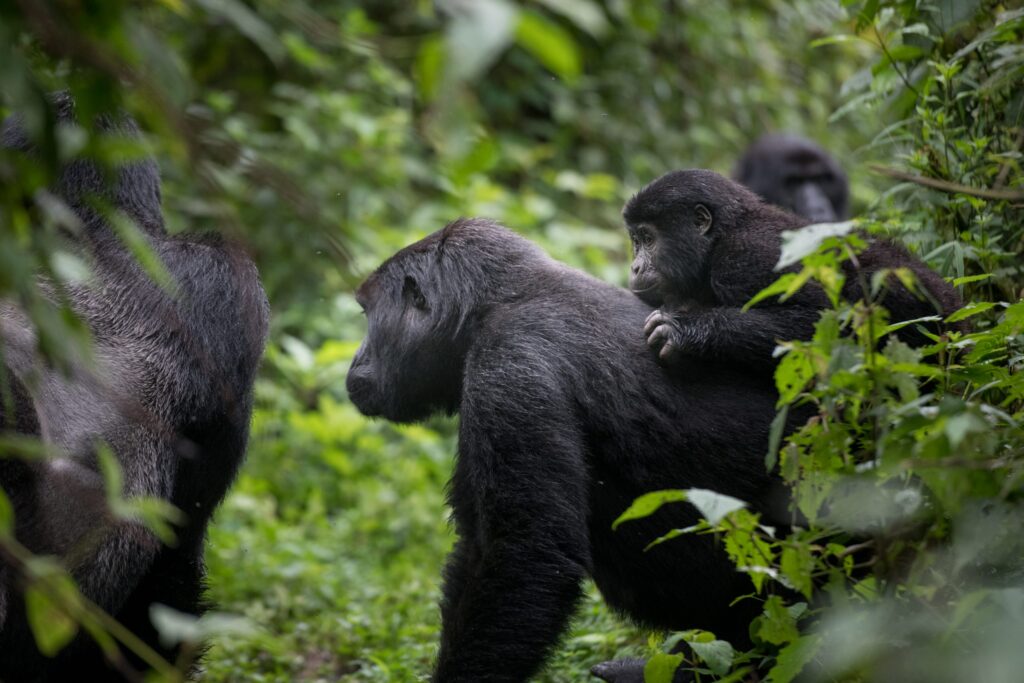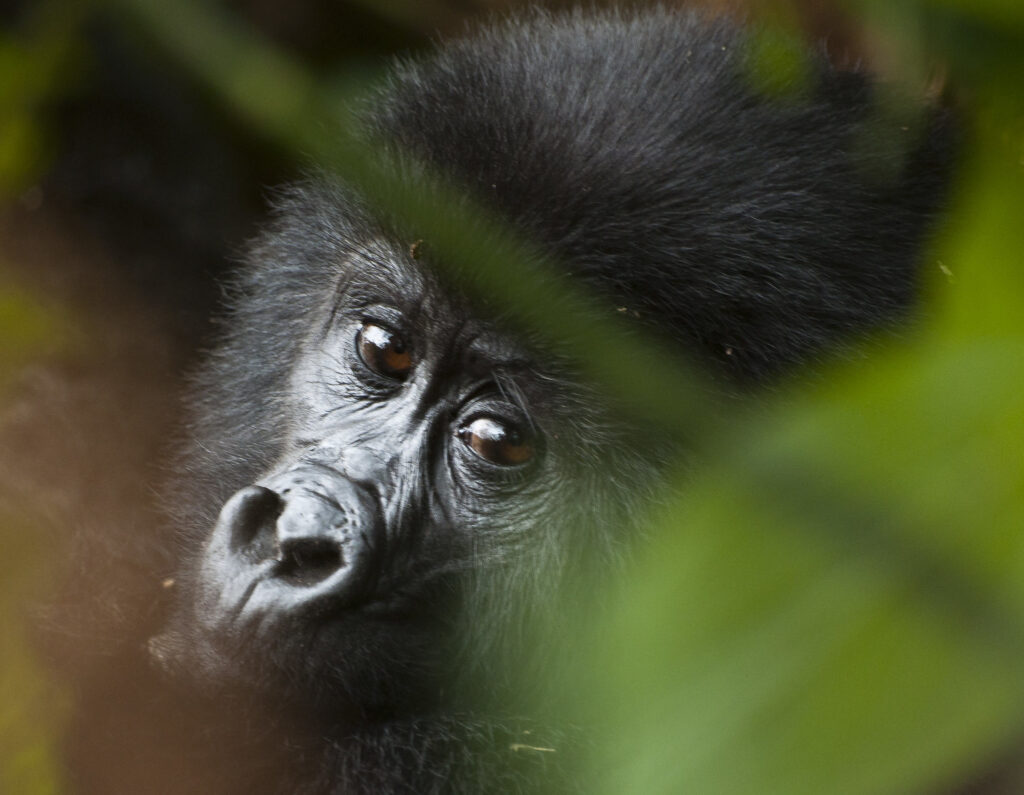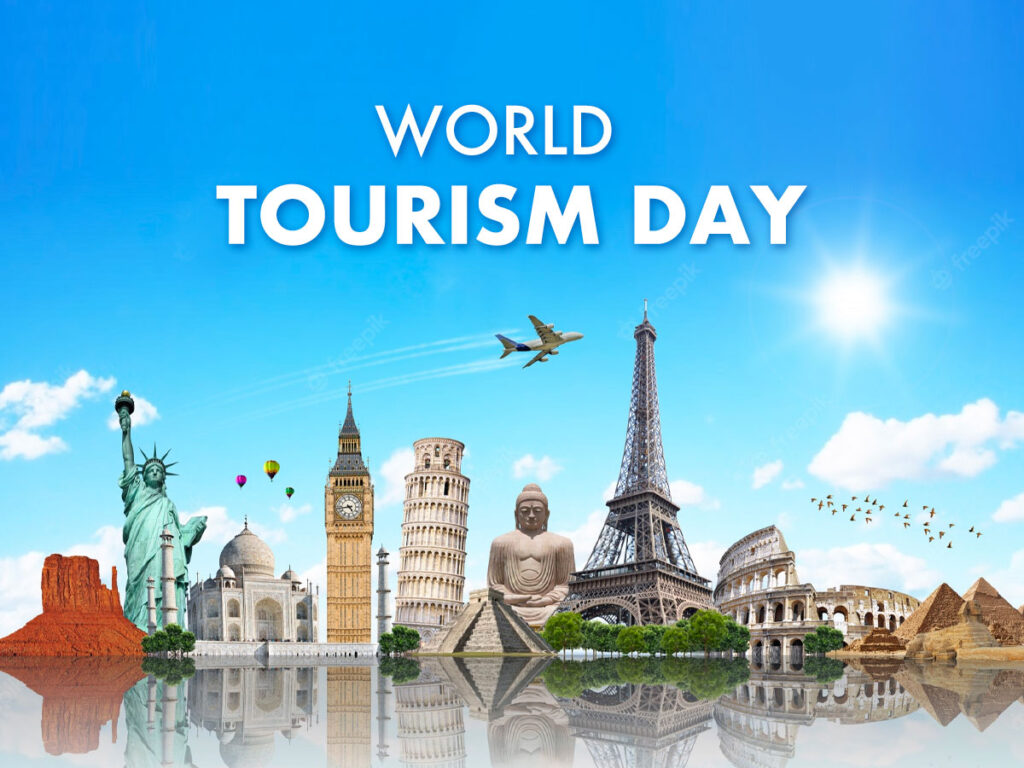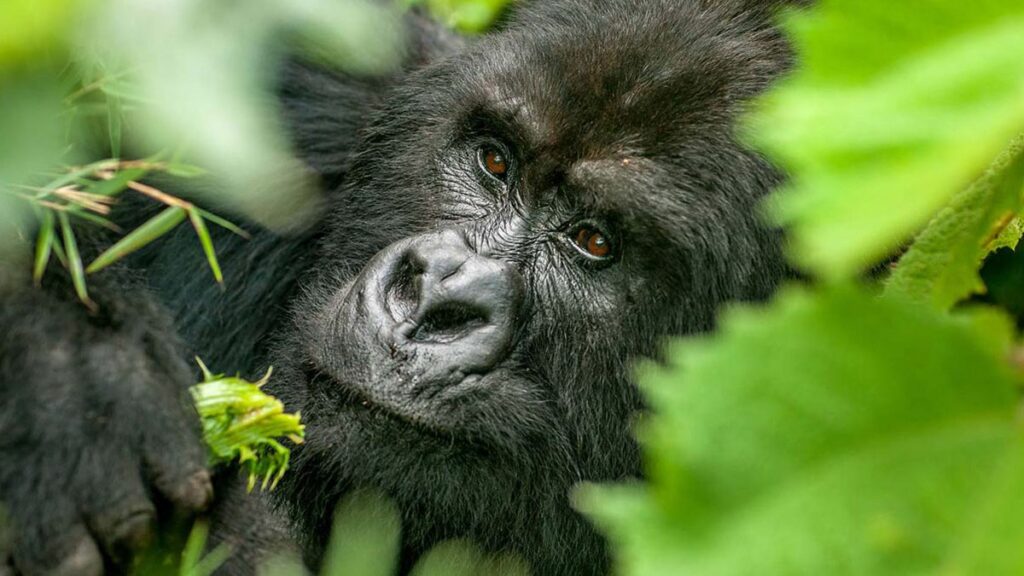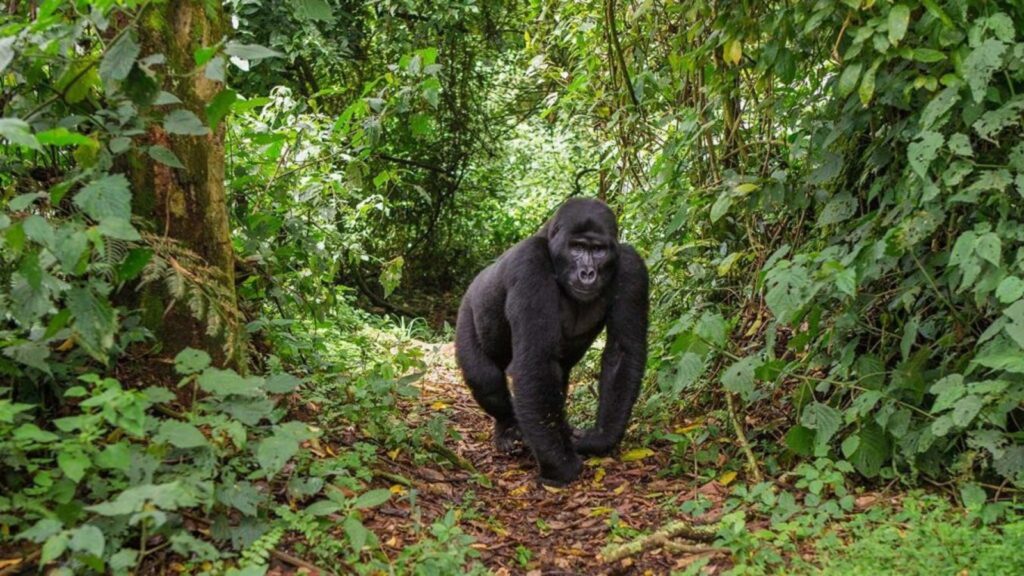Gorilla Conservation—Protecting the Giants of the Forest
Mountain gorillas are among the rarest and most endangered primates on Earth. Found only in the dense forests of Uganda, Rwanda, and the Democratic Republic of Congo, these gentle giants have survived years of habitat loss, poaching, and conflict. But thanks to intensive conservation efforts, their numbers are slowly rising.
Gorilla conservation is more than protecting wildlife—it is about balancing nature, people, and sustainable tourism.
Why Gorilla Conservation Matters
Mountain gorillas share 98% of their DNA with humans, making them one of our closest relatives. They play a vital role in maintaining healthy forest ecosystems. As they move through the forest, gorillas spread seeds, prune vegetation, and maintain biodiversity.
With fewer than 1,100 mountain gorillas left in the wild, every conservation action matters.
Major Threats to Gorilla Survival
Gorillas face multiple threats, most caused by human activity.
- Habitat loss due to farming, logging, and human settlements has reduced forest cover.
- Poaching targets gorillas indirectly through snares meant for other animals.
- Disease transmission from humans is a serious risk, as gorillas are highly susceptible to human illnesses.
- Political instability and armed conflict in parts of Congo make conservation efforts difficult and dangerous.
Successful Conservation Strategies
Despite the threats, conservation has brought hope.
- Habituation and Monitoring: Rangers and researchers track gorilla families daily to ensure their safety. Habituated groups also allow for regulated tourism.
- Community Involvement: Locals are now active protectors of gorillas. Revenue from gorilla trekking supports schools, clinics, and roads. This gives communities a reason to value wildlife.
- Gorilla Trekking Permits: High permit fees fund conservation. Each trek helps pay rangers, researchers, and health teams that monitor gorilla well-being.
- Veterinary Care: The Gorilla Doctors, a team of wildlife vets, provide lifesaving treatment to injured or ill gorillas in the wild.
- Transboundary Collaboration: Uganda, Rwanda, and Congo work together under the Greater Virunga Transboundary Collaboration to monitor cross-border gorilla families.
Tourism as a Conservation Tool
Tourism, when done responsibly, is a powerful conservation tool. In Uganda, Rwanda, and Congo, tourists fund a large part of gorilla protection. Trekking permits are limited to protect the gorillas’ space and health.
Visitors are given clear guidelines—keep a distance, wear masks, and avoid trekking if sick. These small actions protect gorillas from deadly diseases.
What You Can Do to Help
You don’t need to be in Africa to support gorilla conservation. You can:
- Support conservation groups like the Dian Fossey Gorilla Fund, Wildlife Conservation Society, and Gorilla Doctors.
- Choose responsible tour operators who respect conservation rules.
- Raise awareness about gorilla protection through blogs, videos, and social media.
Even small actions make a big difference.
Plan Your Safari
Seeing gorillas in the wild is a powerful experience. It also directly supports their protection. When you trek responsibly, you’re helping conservation succeed.
The story of the mountain gorilla is one of hope. From the edge of extinction, they are rising again—because people chose to care.

